Introduction:
The tech world evolves at lightning speed, and staying ahead requires mastering the right tools. Whether you’re a beginner, upskilling, or pivoting to AI and data science, choosing the best programming language for 2025 is critical.
This guide highlights the top 10 programming languages based on popularity, job demand, versatility, and future trends. From Python’s dominance in AI to JavaScript’s reign in web development, we break down what makes these languages essential for your career.
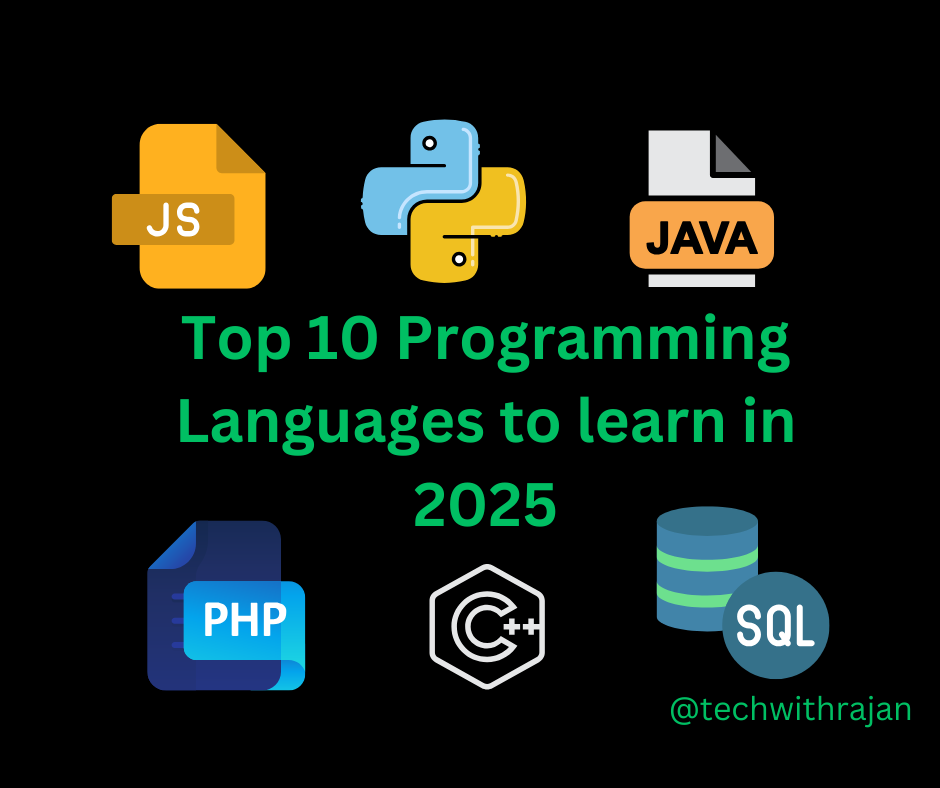
Top 10 Programming Languages to Learn in 2025:
1. Python:
Overview:
Python remains the undisputed leader for its simplicity and versatility. Its readable syntax and vast libraries make it ideal for beginners and experts alike.
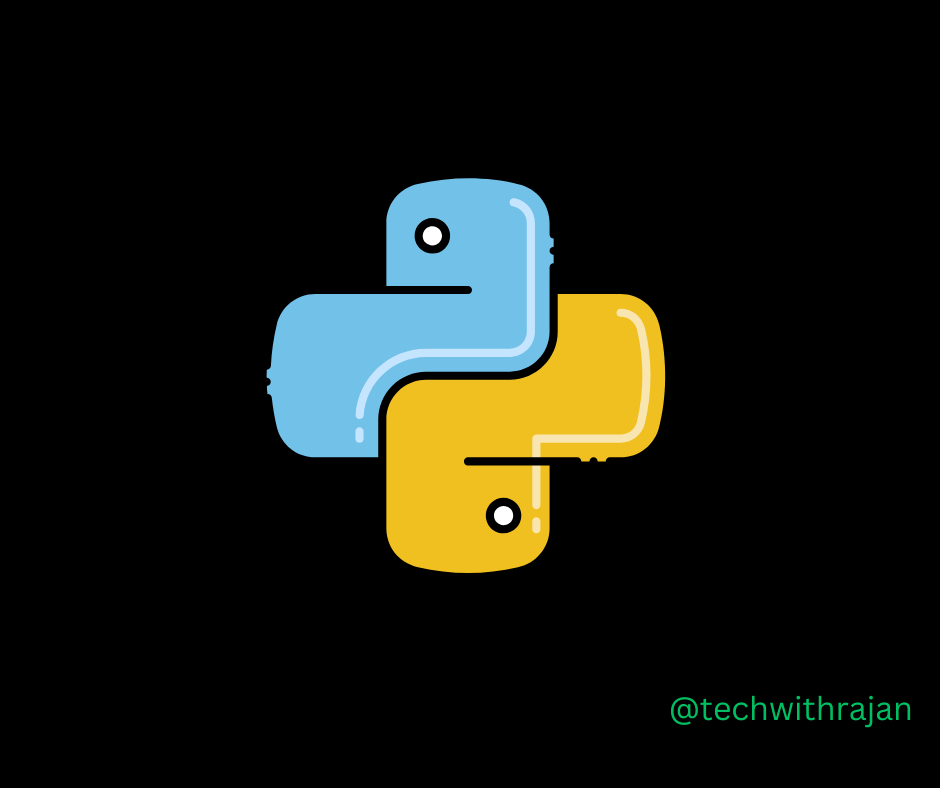
Key Features:
- Versatile: Used in AI, machine learning, web development, and automation.
- Rich Libraries: TensorFlow, Django, and Pandas streamline complex tasks.
- Strong Community: Extensive resources and tutorials for continuous learning.
Pros:
- Easy to learn and deploy.
- High demand in data science and automation.
Cons:
- Slower than compiled languages for resource-heavy tasks.
Average Salary: $120,000/year
Top Companies: Google, Netflix, Spotify.
2. JavaScript:
Overview:
JavaScript is the backbone of web development, powering 98% of websites. With Node.js, it’s now a full-stack powerhouse.
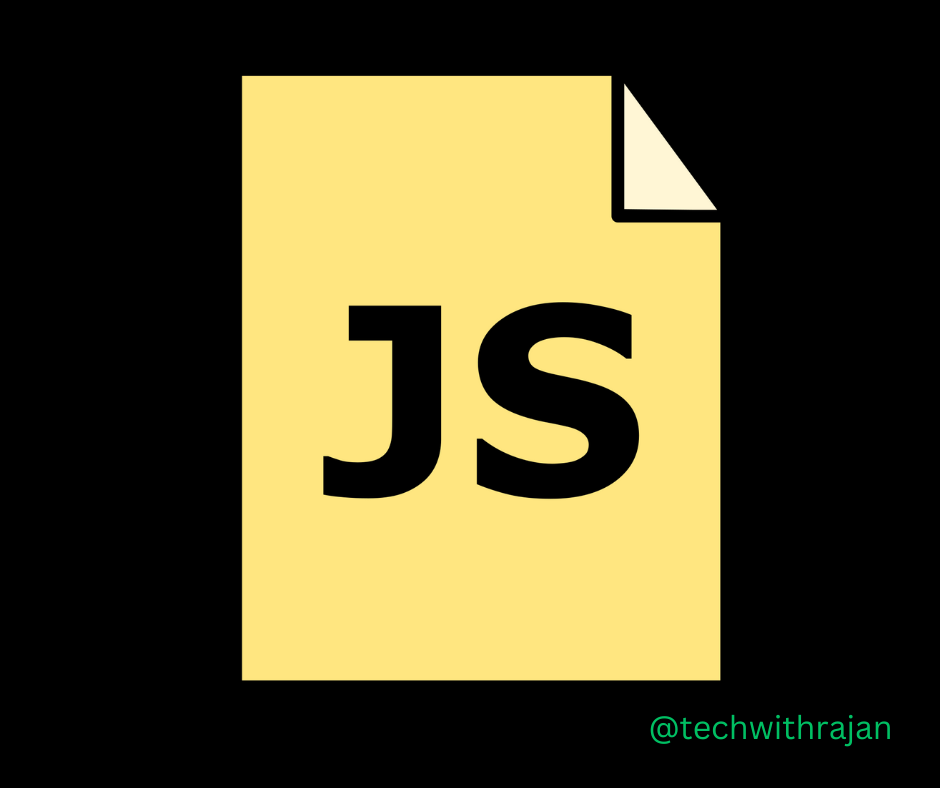
Key Features:
- Frontend & Backend: Supports React, Angular, and Node.js.
- Dynamic Functionality: Enables interactive web elements and real-time updates.
Pros:
- Ubiquitous in web development.
- Strong ecosystem with frameworks like Vue.js.
Cons:
- Browser compatibility issues.
Average Salary: $110,000/year
Top Companies: Facebook, Uber, Microsoft.
3. Java:
Overview:
Java’s “write once, run anywhere” philosophy keeps it relevant in enterprise software and Android development.

Key Features:
- Platform Independence: Runs on JVM (Java Virtual Machine).
- Scalability: Ideal for large-scale systems.
Pros:
- Robust security and performance.
- Dominates Android app development.
Cons:
- Verbose syntax.
Average Salary: $105,000/year
Top Companies: Amazon, LinkedIn, IBM.
4. C#:
Overview:
Developed by Microsoft, C# excels in game development (via Unity) and enterprise applications.

Key Features:
- .NET Ecosystem: Seamless integration with Microsoft tools.
- Modern Syntax: Combines OOP and functional programming.
Pros:
- High performance in Windows environments.
- Growing use in AR/VR development.
Cons:
- Historically tied to Microsoft platforms.
Average Salary: $100,000/year
Top Companies: Microsoft, Stack Overflow, Alibaba.
5. C++:
Overview:
C++ powers performance-critical applications like game engines and operating systems.
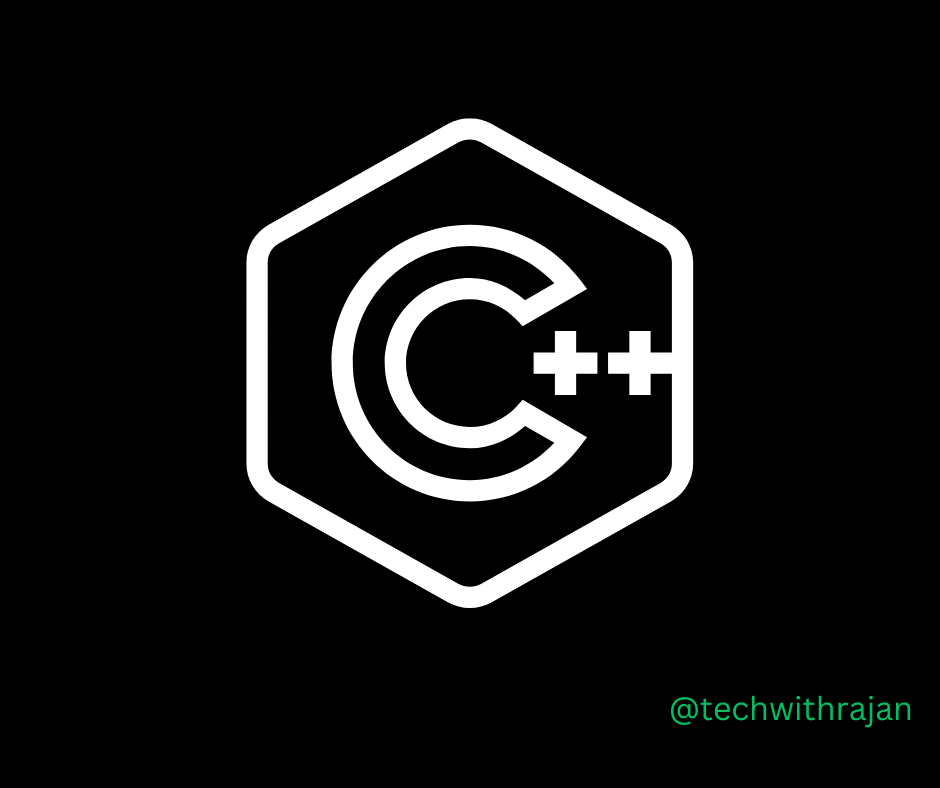
Key Features:
- Speed & Control: Direct memory management for optimized performance.
- Versatility: Used in robotics, gaming, and embedded systems.
Pros:
- Unmatched efficiency for system-level programming.
- Backbone of Unreal Engine.
Cons:
- Steep learning curve.
Average Salary: $115,000/year
Top Companies: Adobe, Oracle, NASA.
6. PHP:
Overview:
PHP dominates server-side scripting, running 75% of all websites, including WordPress and Facebook.
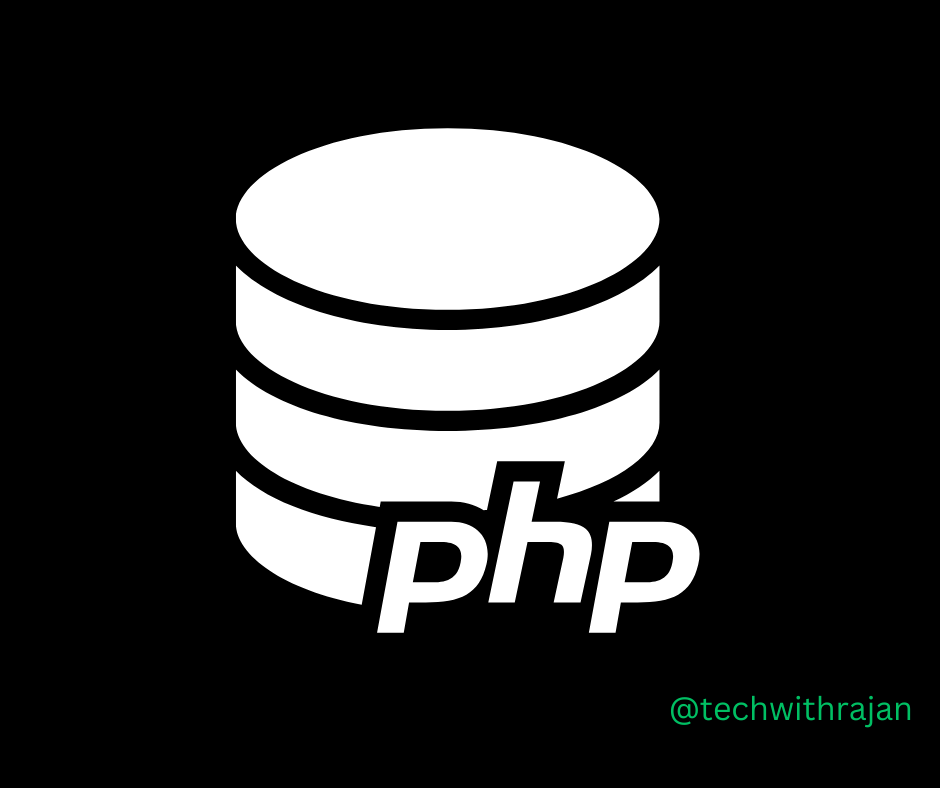
Key Features:
- Web-Focused: Simplifies database integration (MySQL).
- Easy Deployment: Cost-effective for CMS development.
Pros:
- Beginner-friendly.
- Massive community support.
Cons:
- Security vulnerabilities if poorly maintained.
Average Salary: $90,000/year
Top Companies: WordPress, Wikipedia, Slack.
7. Ruby:
Overview:
Ruby, paired with Rails, is a favorite for startups due to rapid prototyping and clean syntax.
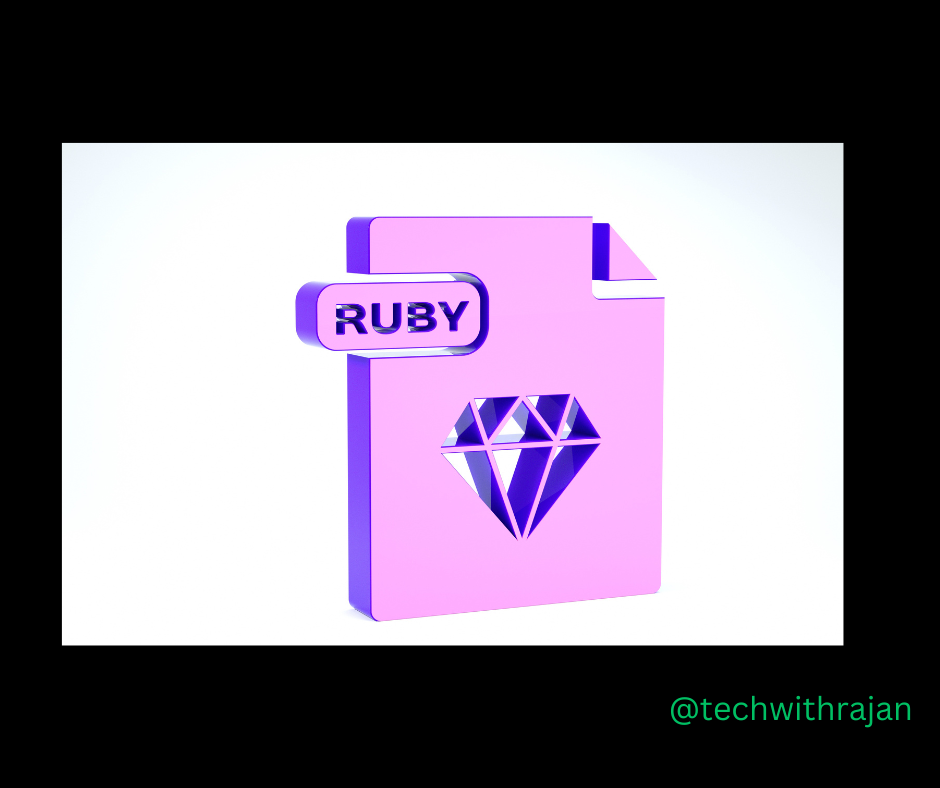
Key Features:
- Developer-Friendly: Minimal boilerplate code.
- Agile Development: Ideal for MVP creation.
Pros:
- High productivity for web apps.
- Strong open-source community.
Cons:
- Slower runtime performance.
Average Salary: $95,000/year
Top Companies: Airbnb, Shopify, GitHub.
8. Swift:
Overview:
Swift is Apple’s modern language for iOS and macOS apps, praised for its safety and speed.
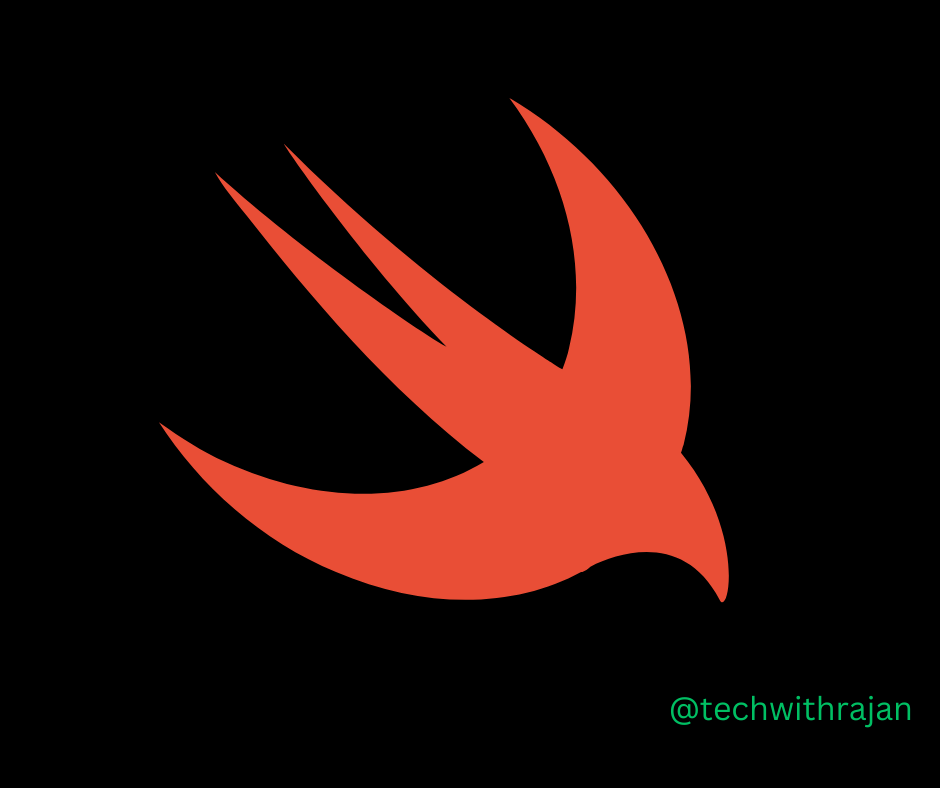
Key Features:
- Modern Syntax: Reduces coding errors with optional types.
- Interoperability: Works with Objective-C.
Pros:
- Growing demand in mobile development.
- Seamless Apple ecosystem integration.
Cons:
- Limited to Apple platforms.
Average Salary: $120,000/year
Top Companies: Apple, Uber, Lyft.
9. R:
Overview:
R specializes in statistical analysis and data visualization, making it a staple in academia and data science.
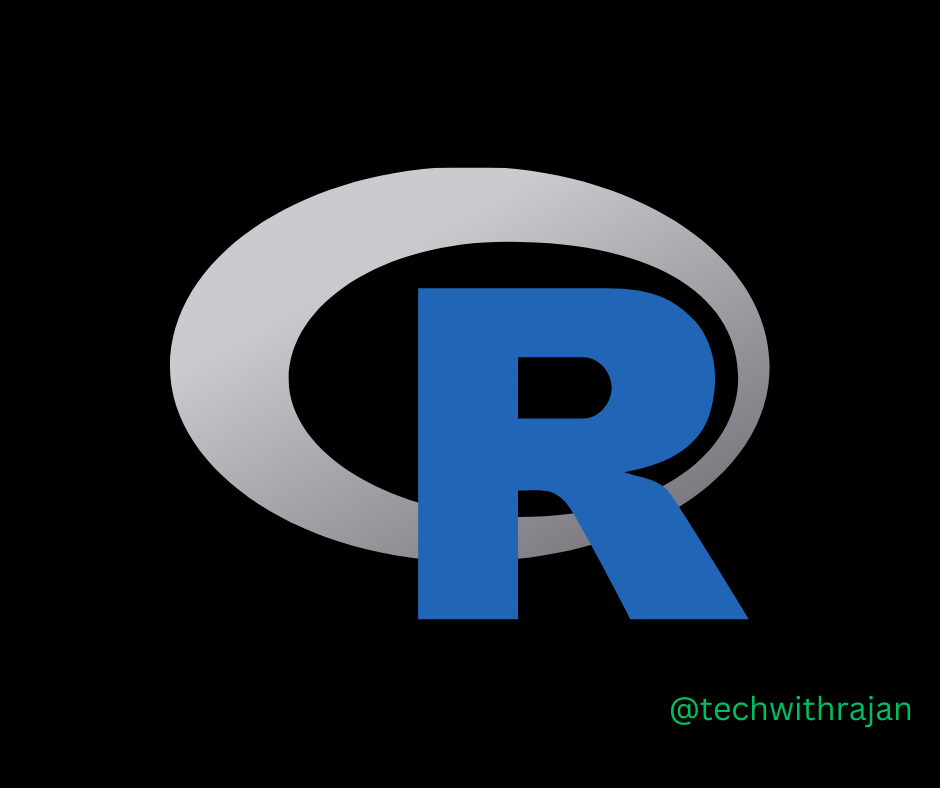
Key Features:
- Data-Centric: Advanced packages for analytics (ggplot2, dplyr).
- Open Source: Free for research and commercial use.
Pros:
- Unmatched in statistical modeling.
- Integrates with Python and SQL.
Cons:
- Steep learning curve for non-statisticians.
Average Salary: $105,000/year
Top Companies: Google, Twitter, Pfizer.
10. SQL:
Overview:
SQL is essential for managing relational databases, with applications in data analysis and backend systems.

Key Features:
- Data Manipulation: Efficient querying for large datasets.
- Universal Use: Supported by MySQL, PostgreSQL, and Oracle.
Pros:
- Must-have skill for data roles.
- Simple declarative syntax.
Cons:
- Limited to database tasks.
Average Salary: $90,000/year
Top Companies: Amazon, Microsoft, Netflix.
Conclusion:
The programming landscape in 2025 offers opportunities across industries, from AI to web development. Python and JavaScript remain timeless choices, while Swift and R cater to niche domains. Align your learning path with career goals—whether it’s Java for enterprise apps or C++ for game development. By mastering these top programming languages, you’ll position yourself at the forefront of innovation and secure lucrative roles in tech’s ever-evolving world.
FAQs:
- Which language is best for AI in 2025?
Python leads AI/ML due to libraries like TensorFlow and PyTorch. - Should I learn PHP in 2025?
Yes, if you’re targeting web development or CMS customization. - Is SQL enough for a data career?
Pair SQL with Python or R for advanced data analysis roles. - Why is Rust not in the top 10?
While growing, Rust’s niche in systems programming places it just outside the top 10. - What’s the easiest language for beginners?
Python’s readability and community support make it ideal.
Sources: Stack Overflow Developer Survey 2023, TIOBE Index, GitHub Octoverse, Indeed Salary Data.
Top 10 Programming Languages to Learn in 2025: Future-Proof Your Career